Discovering Deep Targets with XP Extreme
Welcome to another adventure with the XP Extreme, the star of today’s technical dive! I remember hunting with my son Mike on a breezy autumn afternoon, our XP Extremes in hand, as we unearthed relics that were whispers of the past. This device’s finesse in high sensitivity settings and iron rejection turned every signal into a promise of hidden treasure. Today, I’m thrilled to share with you the technical magic behind this magnificent metal detector and how it transforms curious beeps into stories buried beneath us.
Mastering Sensitivity Settings: Unleashing the Power of XP Extreme
In the mesmerizing world of metal detecting, understanding the intricacies of your detector’s sensitivity settings can dramatically enhance your treasure hunting success. With the XP Extreme, I’ve navigated countless expeditions where tweaking the sensitivity level made all the difference. Imagine, during one of my hunts on a foggy morning, adjusting the sensitive settings from 70 to a daring 90, I unearthed an elusive cache of Roman coins, previously untouched by less sensitive detectors. This fine-tuning capability ensures that whether you’re in a mineral-rich park or on a salt-sprayed beach, the XP Extreme remains exceptionally responsive to buried treasures.
To truly grasp the potential of the XP Extreme, consider its versatility across various environments. This sensitivity isn’t just about depth but about recognizing the subtle differences between trash and treasure. By adjusting these settings, as recommended in the XP Metal Detectors category, you’re not merely scanning the ground; you’re listening to its secrets, allowing you to discern between worthless metals and potential finds of historical significance with astonishing accuracy.
Iron Rejection Techniques: Ensuring Precision in Metal Detection
Iron rejection is another cornerstone of proficient metal detecting, especially when wielding a powerhouse like the XP Extreme. Recall an adventure where, amidst the relics of a Civil War battlefield, the iron litter could have easily overwhelmed a less capable detector. However, using the XP Extreme’s ‘Dis IAR’ settings helped us distinguish between ferrous debris and genuine artifacts. Each beep and visual cue on the detector’s display guided us, revealing bullets and buttons instead of rusty nails and discarded wire.
The technique involves setting the iron rejection to a level that balances detection depth with discrimination. This setting is perfect for historical sites where you want the depth to uncover deeply buried items but need the precision to skip over the countless pieces of ferrous trash. Following the iron grid pattern seen in Multi Frequency Detectors, this method allows the XP Extreme to render ferrous targets as low-tones and non-ferrous targets as distinct, high-toned beeps, which is indispensable for sites loaded with metal debris.

Reactivity and Auto-Tune: Advanced Tuning for Optimal Performance
Imagine searching through a battlefield, remnants of history hidden underfoot. With the XP Extreme’s reactivity settings, I adjusted the responsiveness so swiftly, it felt like tuning an instrument to perfect pitch. Lower reactivity levels are ideal when you’re in search of deep treasures, providing precise beep alerts even for buried items. Yet, on grounds scattered with metal scraps, a higher reactivity helps sift through interference, pinpointing genuine artifacts amidst clutter. It’s a dance between sensitivity and swiftness that the XP Extreme masters eloquently. Initiate the auto-tune feature, and this machine readjusts itself on the go—like having a co-pilot who constantly fine-tunes the radio through different terrains, ensuring you never skip a beat, or rather, a beep.
Diving into technical settings might intimidate some, but remember, each setting on the XP Extreme is a step closer to treasure. Auto-tune, for instance, functions as a guardian against drifting signals. On occasions where signals begin to wane, a simple adjustment brings everything back to clarity. Yet, be cautious, as overly relying on auto-tune might mask some targets. I learned this the hard way during an expedition along a creek, where frequent adjustments nearly made me miss a small, yet valuable, find. This smart balancing act between manual and automatic tuning is crucial for refining your hunting technique.
Ground Balancing Mastery with XP Extreme: A Step-by-Step Guide
Ground balancing may sound like a fancy term, but it’s your secret weapon for successful searches. On a sunny day at the beach, I realized how shifting sands could mislead detectors. But with the XP Extreme, a swift ground balancing was enough to recalibrate. Press and hold the pinpoint button, gently nod the coil to the ground, and presto—you’re tuned in to the soil’s specific frequency. This simple maneuver can drastically reduce false signals, leading you directly to more valuable finds beneath the surface.
The process is akin to tuning a musical instrument before a big concert. Just like a guitarist adjusts his strings to ensure the perfect note, a detectorist balances the ground settings to harmonize with the environment’s feedback. For newcomers, this might sound complex, but a few practices with XP Extreme and it turns into second nature. Your detector becomes an extension of your own senses, capable of detecting the slightest whispers of buried treasures. This profound connection to your device paves the way for thrilling discoveries that are just waiting to be unearthed.
| Product Name | Features | Pros | Cons | Categories |
|---|---|---|---|---|
| XP Extreme |
|
|
|
|
What is the ideal sensitivity setting for metal detectors like the XP Extreme?

The ideal sensitivity setting varies based on environmental factors, but for detectors like the XP Extreme, settings between 70 to 90 are generally effective. This range ensures the detector is sensitive enough to pick up signals from deep or small targets, enhancing your chances of discovering buried treasures.
How do you properly utilize iron rejection on metal detectors?

Iron rejection should be adjusted according to the site's metal density. On the XP Extreme, use the 'Dis IAR' settings to discriminate against ferrous debris while focusing on more valuable metals. This helps in distinguishing historical relics from common trash efficiently, especially in cluttered areas.




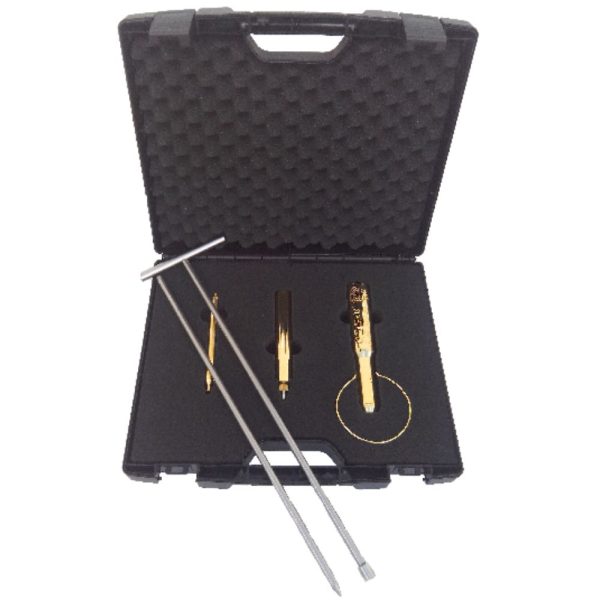
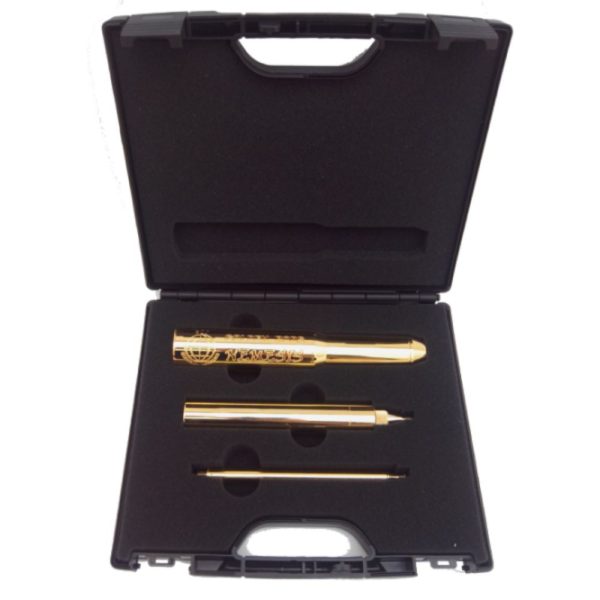
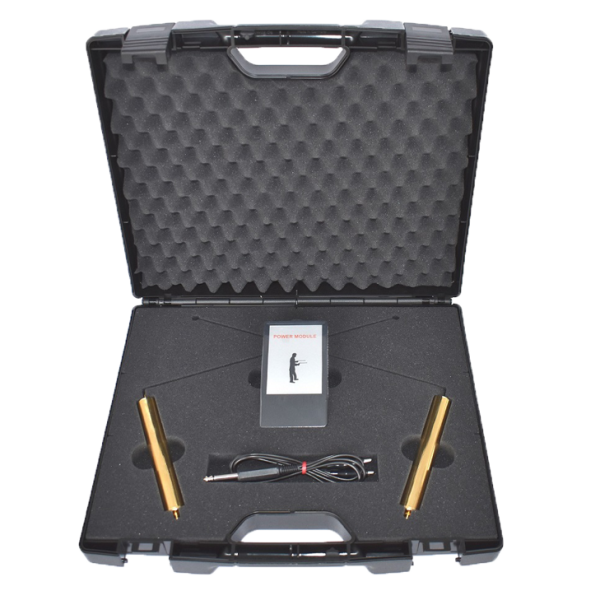


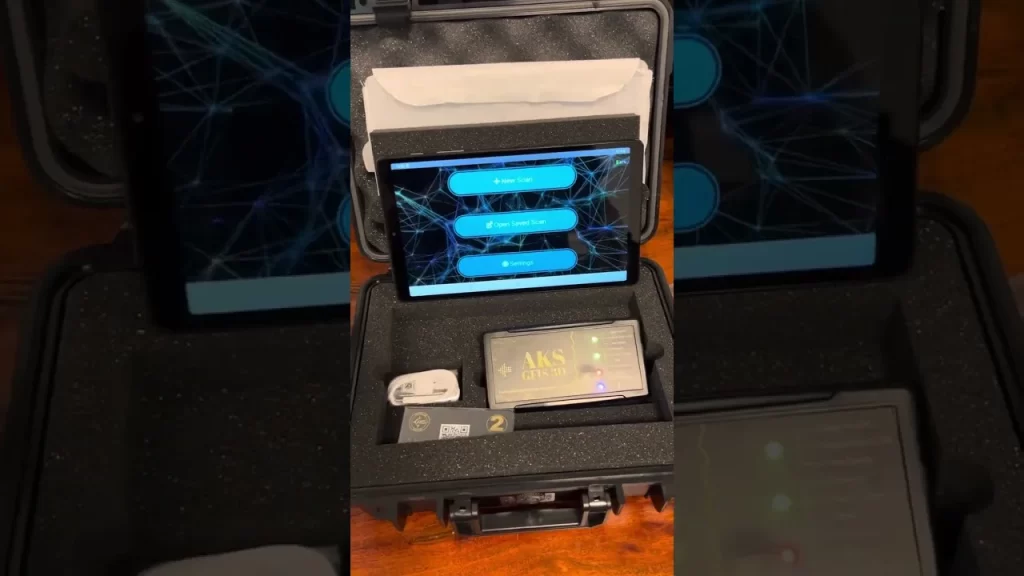
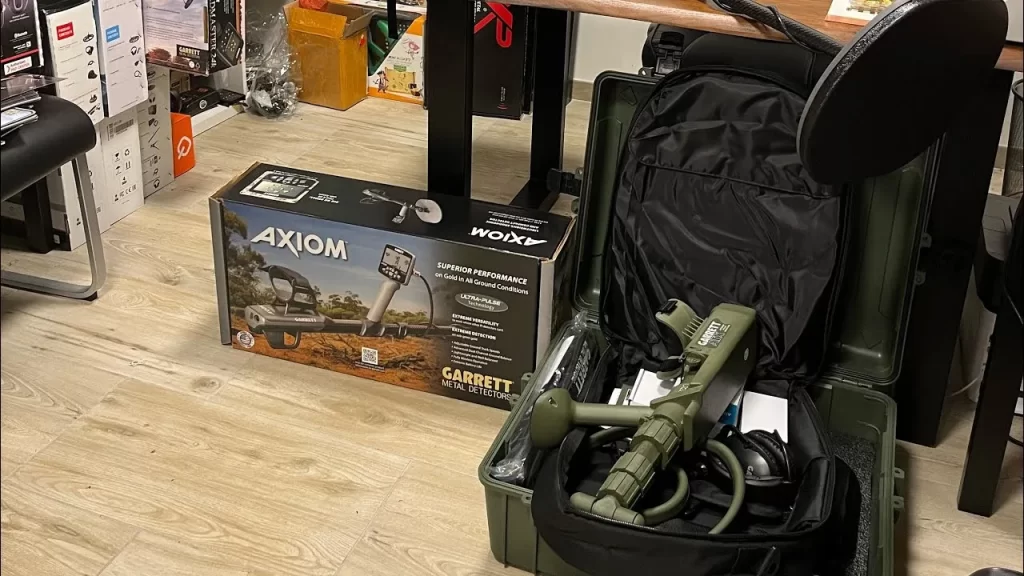
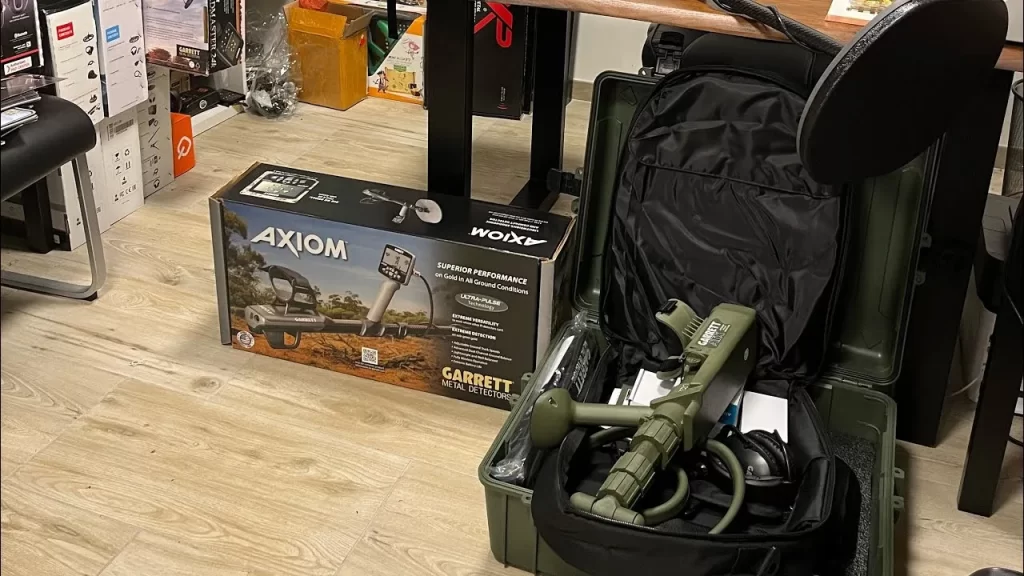


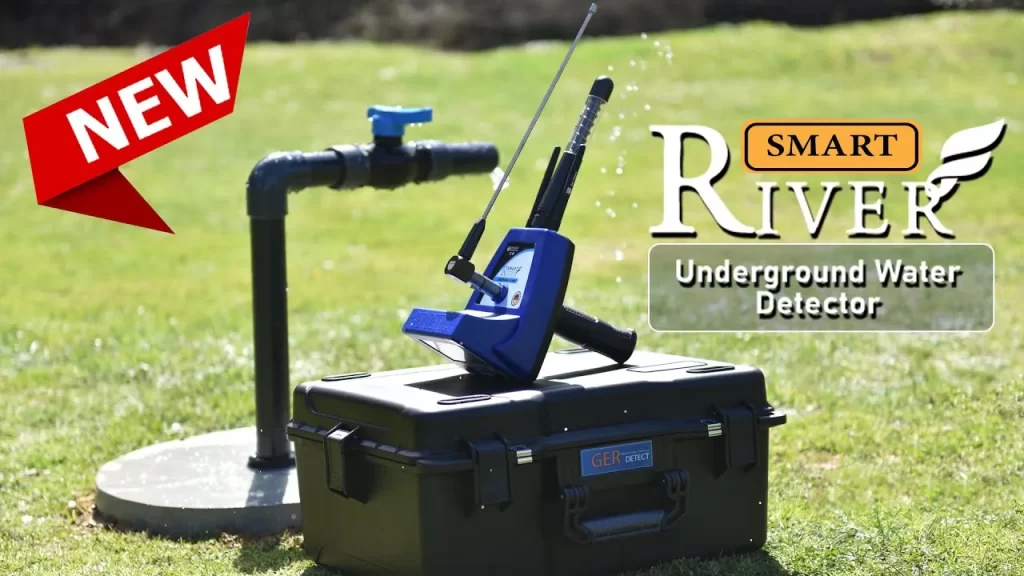

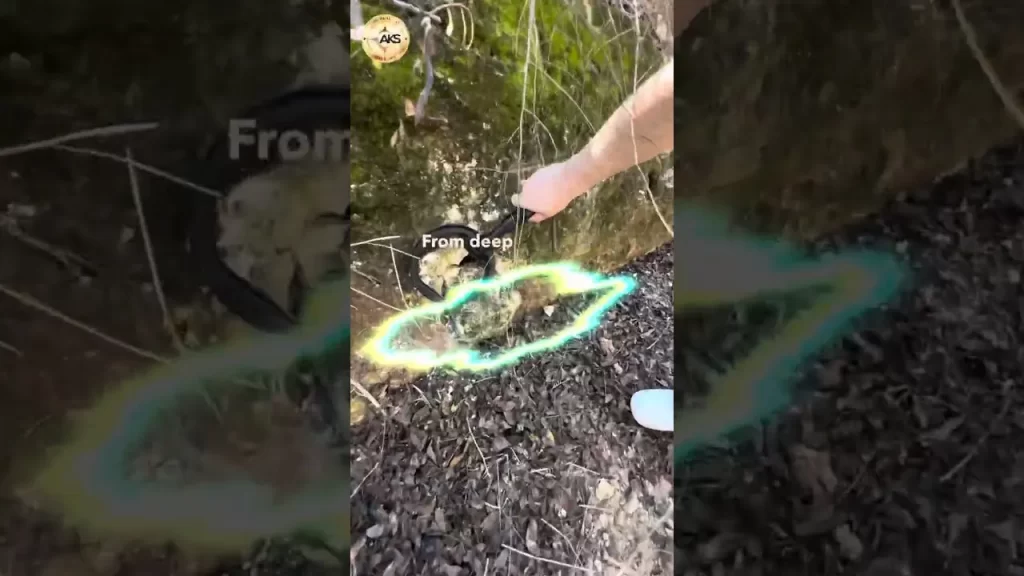

0 Comments